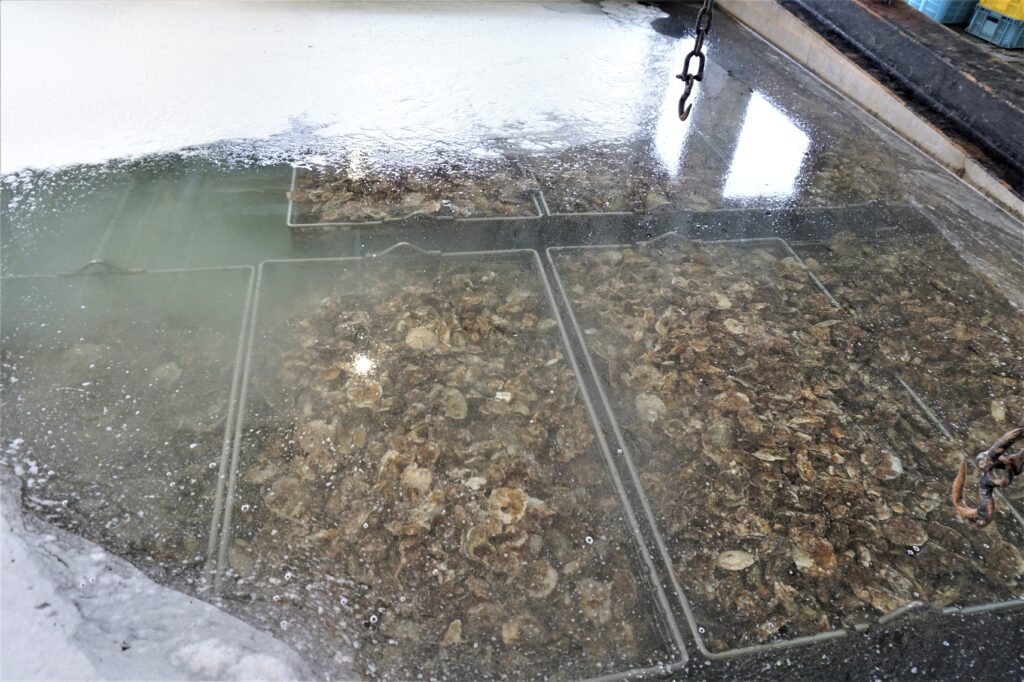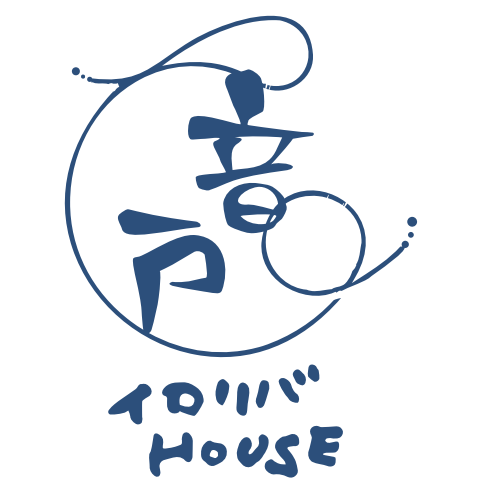●Ondo’s Fishing Industry
Sardine fishing flourished in Ondo, so much so that there is even an area called Iwashihama (Sardine Beach). Young sardines are boiled and dried to make chirimen, a popular local specialty today, while those that are slightly more grown are processed into dried iriko. While many shops made chirimen in the past, only a few remain today.
●Oyster Farming
Hiroshima oysters are famous across Japan, and oyster farming in Ondo began around 1954. It involves a lot of laborious work, from seeding to shucking, and the damage caused by typhoons and red tides means it is no easy task. There are also high expectations for new forms of oyster production by the younger generation.

●Shipbuilding
Legend has it that ships for the Japanese missions to Tang China were built on Kurahashi Island during the Nara period (710-794), and the shipbuilding industry still thrives there even today. During the Edo period (1603-1868), shipping vessels called kitamaebune (northern-bound ships) that sailed around the Sea of Japan were built. Wooden shipbuilding flourished in Ondo from Meiji and into the Taisho period (1868-1926), when shipwrights also grew in number. Since 1965, as steel ships became mainstream, manufacturing decreased and mainly became limited to repair work.

●Sake Brewing
Hiroshima Prefecture is a place known for sake. This is partly due to it being the birthplace of the ginjo grade, and the area’s passion for sake brewing is still being passed down today. Ondo also has its own old sake brewery, the Enoki Shuzo. It is denoted by a brick chimney that can be seen while walking down a path dotted with traditional old townhouses. They have also expanded overseas under the “Hanahato” brand. They brew the rare ancient “Kijoshu” type of sake which has won awards at French tasting competitions. Tours of the breweries are normally not permitted, but the managing director who lived in France for over 10 years is available to explain the types of sake to visitors.

